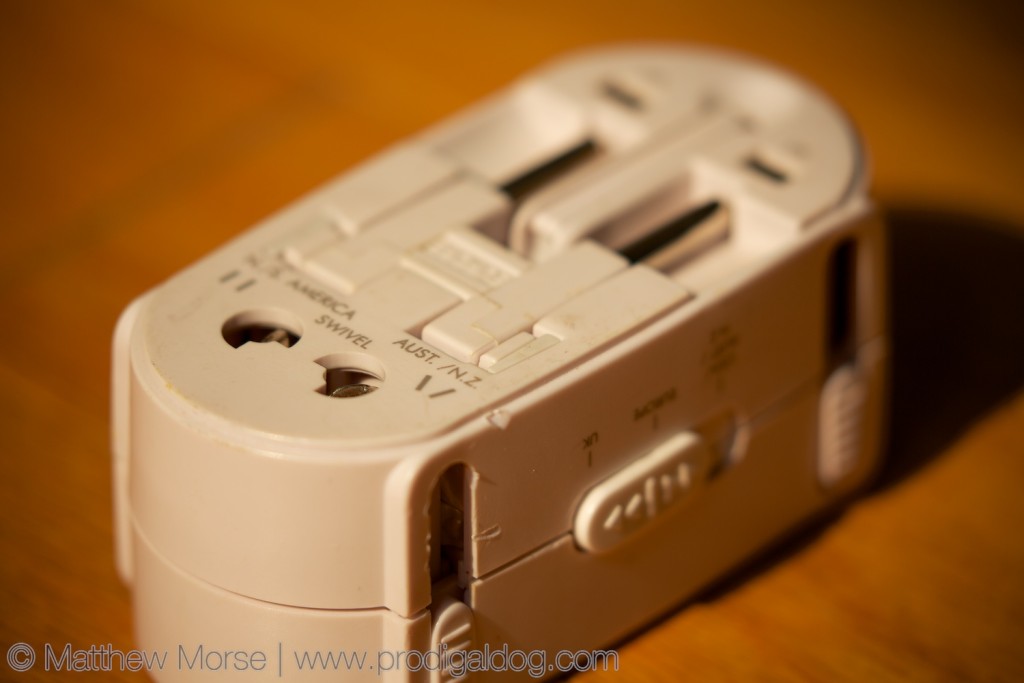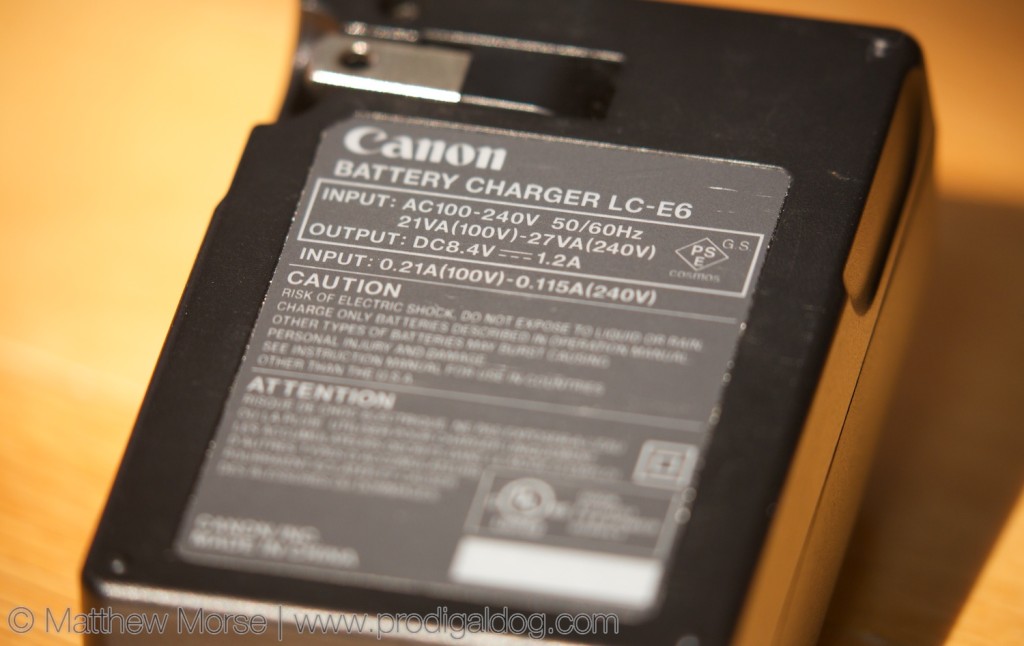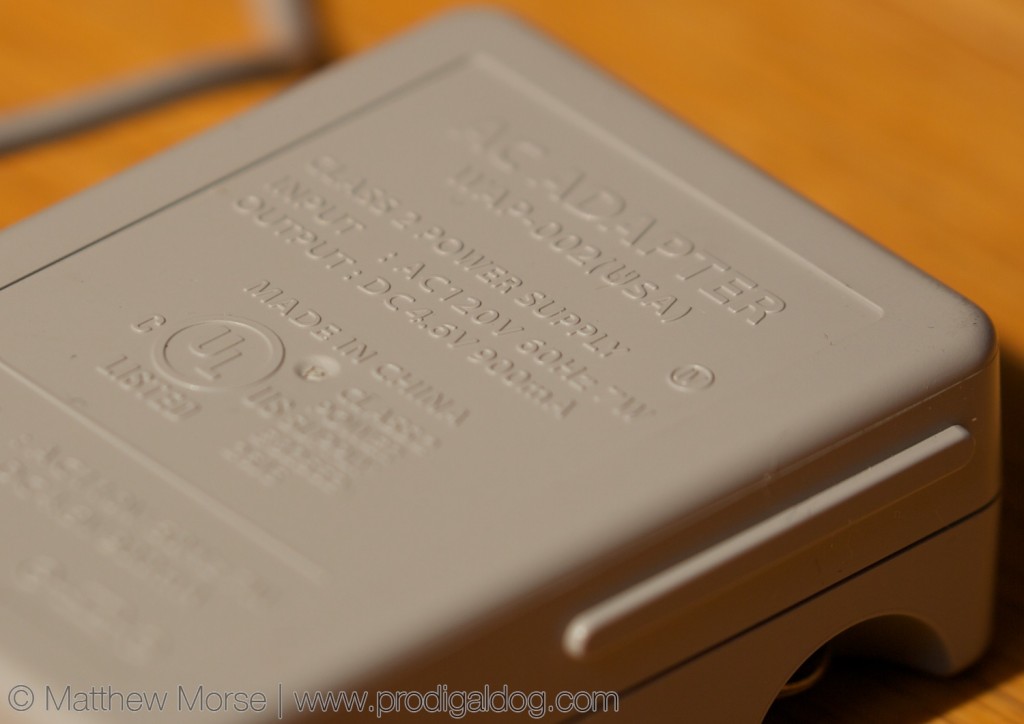In our “Travel Tips”, we will explore some of the most common questions and challenges facing travelers abroad.
One of the most frequent stumbling blocks for traveling overseas is figuring out the electricity abroad and how to charge and power one’s various gadgets, ranging from laptops to camera chargers, iPhones, Kindles, iPads, hair dryers, video games, and the list goes on and on.
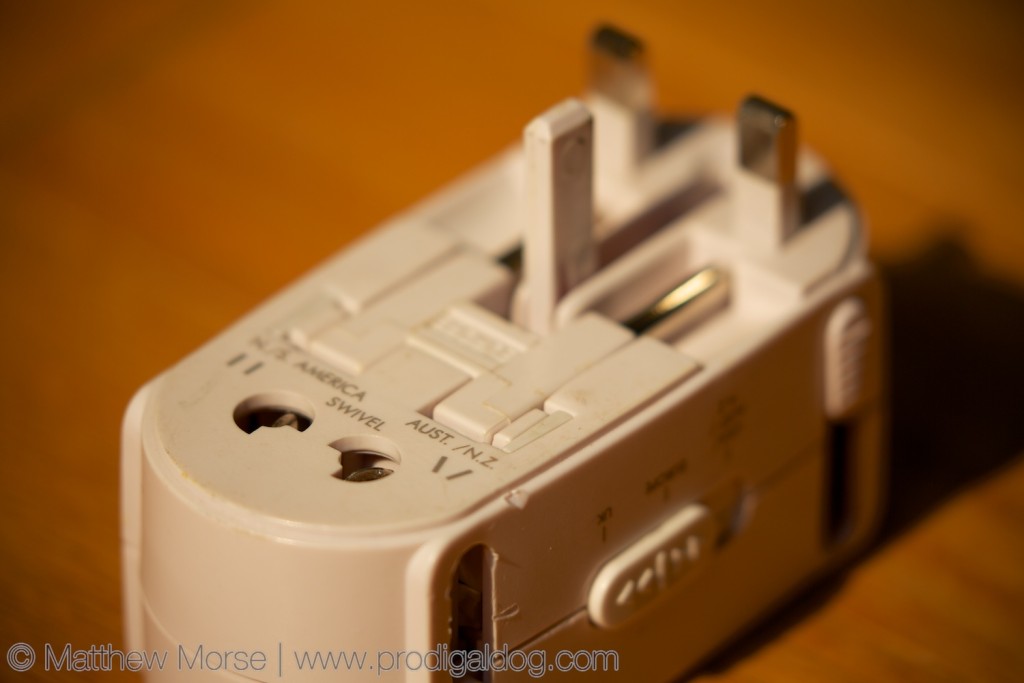
A plug adapter converts most plug types to most device types. This adapter supports North America, Australia/New Zealand, Europe, and UK. Most countries, even if not included in that list, use one of these plugs. In this photo, the UK prongs are deployed.
The quick answer is that most expensive electronics (smartphones, laptops, and tablets) usually accept any voltage and frequency and simply need a plug converter. That said, it’s not always that simple for other devices, and there is also a way to be completely sure before trusting your precious possessions in those weirdly-shaped foreign sockets.

Opposite side of the same adapter from above. The different ports accommodate devices with different plugs.
Without going into too much detail, there are two variables that differ in electricity abroad from country to country: voltage and frequency. Each of these components is important in making your devices sing [or rise from the dead, if you’re like me and run the battery into the ground].
Voltage in countries ranges from 110-240v and frequency is either 50Hz or 60Hz, but many modern electronics actually use something entirely different — for example, the battery charger for my camera needs only 8.4v. I know, I know. I promised no electrical engineering lessons, but hang in there. I promise I’m getting to my point.
Well, let’s look at the back of that same battery charger, above. You’ll see it says “INPUT: AC100-240V 50/60Hz”… Aha! That sounds familiar! Just above, I said that around the world, voltage ranges from 110-240v and frequency is either 50Hz or 60Hz. This device can accept any voltage or frequency and convert it to the power it needs. That means this battery charger can operate in any country in the world.
If you look closely on your laptop or other charger, you’ll likely find a similar label stating its input ranges, and for most electronics, you’ll see its range covers 110-240 and 50/60Hz, meaning it can accept any electricity abroad.
But wait. How do you get that electricity? After all, each country has its own funky-looking plug. The easy answer is buying a relatively in-expensive plug converter. I prefer a universal plug converter that accepts and converts to most plug types.
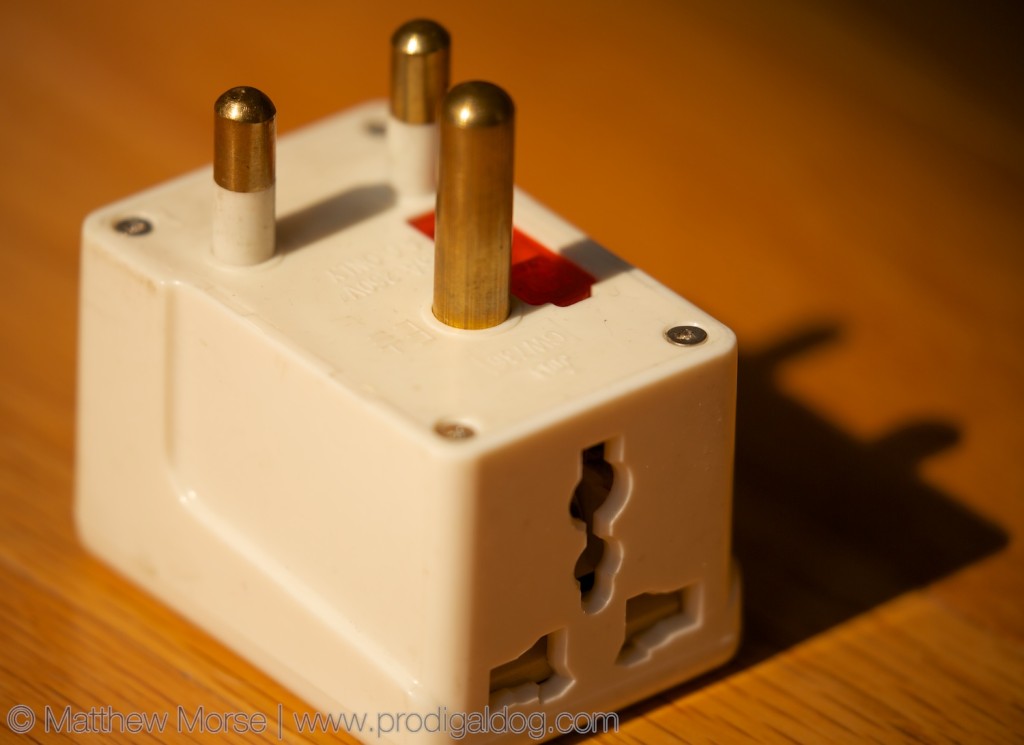
A South African plug adapter. And don’t be misled by the scale, those prongs are not the same as mainland Europe!
Notice I said most plug types. As with most things, there are always outliers, so there are a handful of countries that don’t use any of the standard plugs. In all my travels, I have only seen one or two, including South Africa’s, above. In these cases, it is always easier to wait until you are in-country to find a converter — most hotels will sell or loan them. I also found that not all plugs in South Africa were the same; about 30-50% used one of the standard plugs that worked for my converter, so even without a specialized converter, I was able to get by.
Remember to think creatively, too, especially if you’re limited on packing space. If bringing a laptop and its charger, you can likely charge several devices from the laptop’s USB ports, eliminating the need for a myriad of dedicated chargers and multitude of plug adapters. In those cases, a few USB cables will do.
Of course not all devices are universal, either. The charger above only accepts 120v 60Hz, and I unwittingly tested that limit by plugging its predecessor into a 230v Italian plug. Thankfully, my idiocy had a low price and I only fried the charger, rather than the $100 device itself.
In these rare cases, you can either search for a country-specific charger for your device or purchase a transformer to ensure everything works properly.
